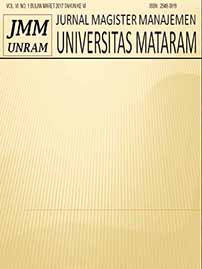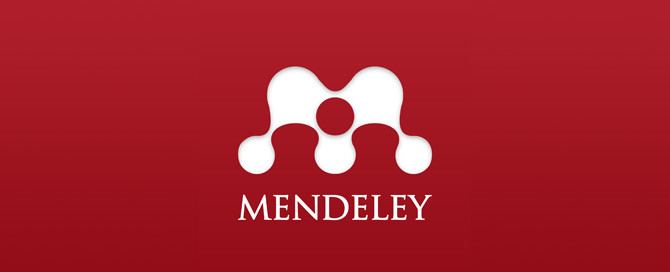PENERAPAN BALANCED SCORECARD SEBAGAI INDIKATOR DALAM PENGUKURAN KINERJA KOPERASI (STUDI PADA KPRI KARYA DHARMA SELONG)
DOI:
https://doi.org/10.29303/jmm.v6i1.33Abstract
This study aims to determine the performance of KPRI "Karya Dharma" Selong from a financial perspective, customer perspective, internal business processes, learning and growth perspective throughthe Balanced Scorecard analysis. The method used is descriptive method. A study on the phenomenon orpopulation obtained by researchers of the subject in the form of individual, organizational, industry orany other perspective. The data used in this study comes from the Annual Member Meeting Report ofKPRI "Dharma Karya" Selong fiscal year 2011 to fiscal year 2015. These results indicate that theperformance measurement results KPRI "Dharma Karya" Selong seen from the perspective of financialand customer perspective is generally considered "fair". Meanwhile, if viewed from the perspective ofinternal business processes and learning and growth perspective is generally rated "Good". Theimplication of this finding is that KPRI "Dharma Karya" Selong can apply the method BalancedScorecard as a performance measurement system that can measure the performance of the cooperative ofcooperatives in a comprehensive or exhaustive.Keywords: Performance Measurement, Financial Perspective, Customer Perspective, internal business processes, learning and growth perspective, Balanced ScorecardDownloads
Published
2017-03-07
How to Cite
Haris, A. (2017). PENERAPAN BALANCED SCORECARD SEBAGAI INDIKATOR DALAM PENGUKURAN KINERJA KOPERASI (STUDI PADA KPRI KARYA DHARMA SELONG). JMM UNRAM - MASTER OF MANAGEMENT JOURNAL, 6(1). https://doi.org/10.29303/jmm.v6i1.33
Issue
Section
Articles
License
- Authors retain copyright and grant the journal right of first publication with the work simultaneously licensed under a CC BY 4.0. This license allows authors to use all articles, data sets, graphics, and appendices in data mining applications, search engines, web sites, blogs, and other platforms by providing an appropriate reference. The journal allows the author(s) to hold the copyright without restrictions and will retain publishing rights without restrictions.
- Authors are able to enter into separate, additional contractual arrangements for the non-exclusive distribution of the journal's published version of the work (e.g., post it to an institutional repository or publish it in a book), with an acknowledgment of its initial publication in JMM.
- Authors are permitted and encouraged to post their work online (e.g., in institutional repositories or on their website) prior to and during the submission process, as it can lead to productive exchanges, as well as earlier and greater citation of published work (See The Effect of Open Access).










